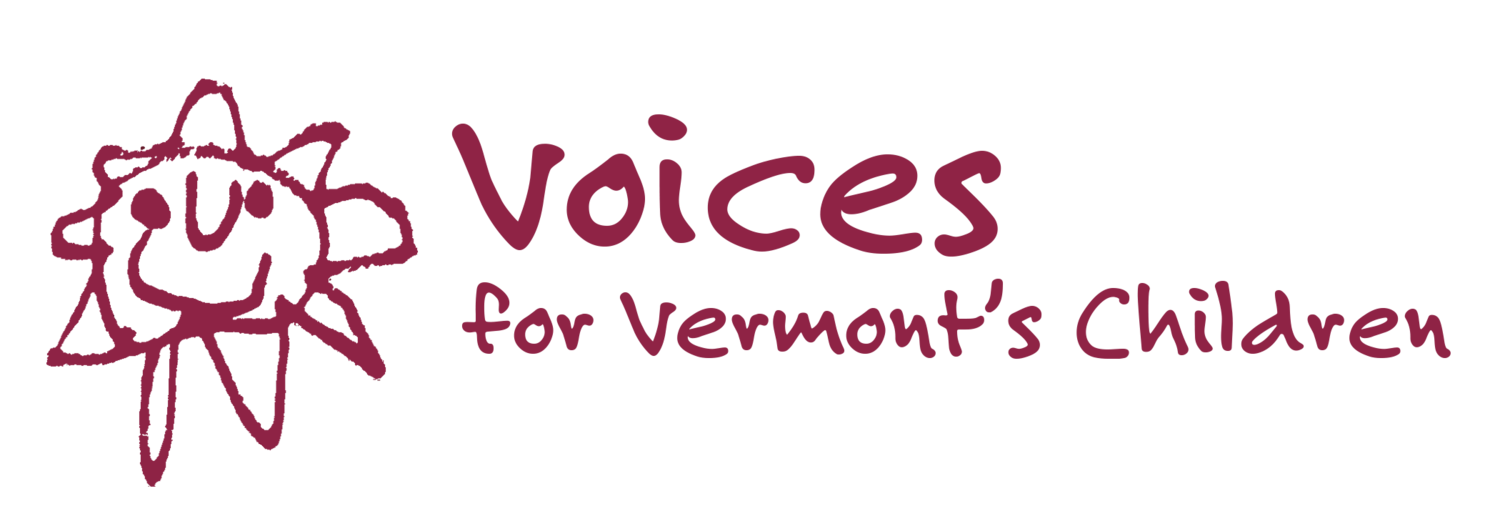New KIDS COUNT Report: Race for Results
New National Scorecard on Children’s Progress Shows Troubling Obstacles to Reaching Key Milestones
Race for Results Identifies Need to Create More Opportunity for Success for all Children, Especially Those of Color
The Annie E. Casey Foundation’s KIDS COUNT® project released today the first Race for Results index, a report that builds on the well-known KIDS COUNT annual data book by comparing how children are progressing on key milestones across racial and ethnic groups at the national and state levels.
The report, Race for Results: Building a Path to Opportunity for All Children, says that last year, for the first time, more children of color were born in the United States than white children and that by 2018, children of color will represent a majority of children in this country.
The report includes limited data for Vermont, however. Voices for Vermont’s Children, a non-profit research and advocacy organization, has analyzed the data used in the report and says that in most cases, where actual population numbers have been below 5,000, estimates do not meet reliability standards and therefore some data has not been included.
Still, the national data indicate that every state needs to ensure more progress for African-American, Hispanic, and other racial/ethnic minority groups in education, health, and other areas, says Sarah Teel, research associate at Voices for Vermont’s Children. “Even though this report can’t provide a full picture of where Vermont stands in terms of providing equity of opportunity, the policy recommendations are relevant and pressing,” she says.
The report makes four policy recommendations for the nation and for individual states to help ensure that all children and their families achieve their full potential:
- Gather and analyze racial and ethnic data to inform polices and decision making;
- Utilize data and impact assessment tools to target investments to yield the greatest impact for children of color;
- Develop and implement promising and proven programs and practices focused on improving outcomes for children and youth of color; and
- Integrate strategies that explicitly connect vulnerable groups to new jobs and opportunities in economic and workforce development.
Teel says the recommendations are especially relevant for Vermont “because they are so focused on getting accurate information about what the reality is. Many people in Vermont think that this issue doesn’t apply to us, but it does—just on a smaller scale that’s harder to measure.”
To help address the needs of some students in the state, Voices for Vermont’s Children works with Parents and Youth for Change to support families and youth from historically marginalized backgrounds to help shape equitable learning reforms in Burlington and Winooski.
“Parents and Youth for Change is working with data to more clearly identify specific discrepancies and progress measures,” said Dawn Moskowitz, the project manager for the initiative. “We are focusing on supporting parents and youth to understand the data, and to use it to help drive our change leadership work for student-centered school re-design that ensure a path to opportunity for all youth.”
The Race for Results index is based on 12 indicators that measure a child’s success for each stage of life, from birth to adulthood. The indicators were chosen based on the goal that all children should grow up in economically successful families, live in supportive communities and meet developmental, health and educational milestones. To compare results across the areas in the index, the indicators are grouped into four areas: early childhood; education and early work; family supports; and neighborhood context.
“We see Latino children from immigrant families have some of the steepest obstacles to overcome. Where all children live matters, and American-Indian and African-American children face some of the steepest barriers to success of any group in the analysis,” said Laura Speer, associate director, Policy Advocacy and Reform, of the Casey Foundation.
Overall, the index shows that at the national level, no one racial group has all children meeting all milestones. Using a single composite score placed on a scale of one (lowest) to 1,000 (highest), Asian and Pacific Islander children have the highest index score at 776, followed by white children at 704. Scores for Latino (404), American-Indian (387) and African-American (345) children are distressingly lower, and this pattern holds true in nearly every state.
###
Voices for Vermont’s Children is a statewide, multi-issue, independent non-profit that promotes public policy to enhance the lives of children and youth in Vermont. For more information, visit www.voicesforvtkids.org.
The Annie E. Casey Foundation creates a brighter future for the nation’s children by developing solutions to strengthen families, build paths to economic opportunity and transform struggling communities into safer and healthier places to live, work and grow. For more information, visit www.aecf.org. KIDS COUNT®is a registered trademark of the Annie E. Casey Foundation.
In addition to the Race for Results Index, the Casey Foundation’s KIDS COUNT Data Center has up-to-date and comprehensive national, state and local statistics on child well-being.
Follow Voices for Vermont’s Children and this issue on Twitter @voices4vtkids and on Facebook https://www.facebook.com/voicesforvtkids.
Follow Annie E. Casey Foundation and this issue on Twitter @aeckidscount and on Facebook at http://www.facebook.com/KIDSCOUNT.
